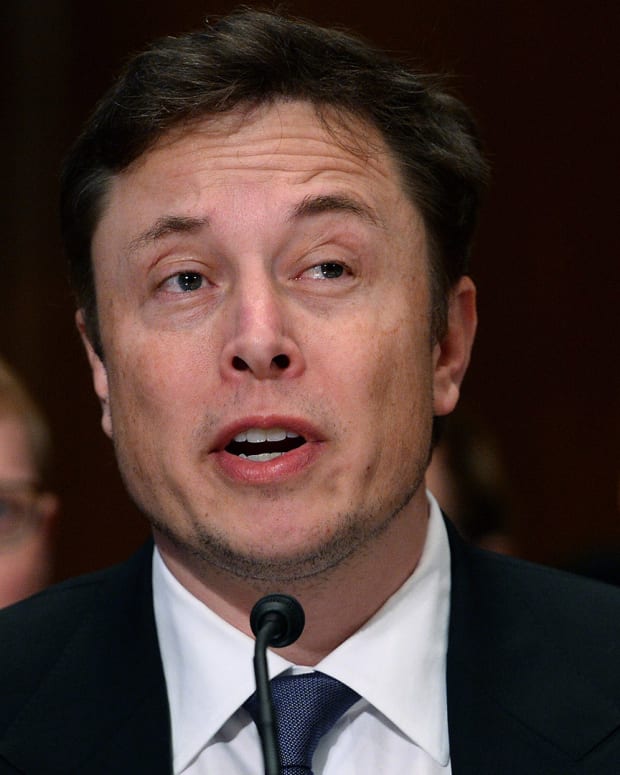Ask a sports fan about heading to the stadium for a big game and you’ll hear a lot about the fun of the tailgate, the smell of peanuts and sausages in the air, and the full-throated roar of the crowd.
What you likely won’t hear about is how much it costs to get there, stay there, walk through the turnstiles, and buy a beer and souvenir.
Add them all up and in many cases, that cost will mirror the monthly cost of a car payment, utility bill, and two weeks’ worth of groceries…for one person.
How high is the cost of attending a professional sports game in person in real dollar terms? A new study has an answer for that.
The study from Money.co.uk, entitled “The Most Expensive Sports Stadiums in North America” includes the payout for game tickets, hot dogs, soft drinks, parking, taxi/Uber, and Airbnb.
Vegas Teams on the RiseLas Vegas has become a hot ticket lately for sports franchises looking to relocate and for their fans.
The city famously nabbed the Oakland Raiders a few years ago. It’s also home to the Golden Knights, an NHL expansion team.
The city is frequently mentioned as a potential home to a National Basketball Association team as well. And it is actively pursuing the Oakland Athletics baseball team as well.
The stadiums of the two teams already in Las Vegas are among the most expensive of more than 120 venues studied by Money.co.uk.
Allegiant Stadium, home of the Las Vegas Raiders came in third on the list, with an overall cost of $723. Meanwhile, T-Mobile Arena, where the Golden Knights play, came in fourth, with a total cost estimate of $676.
The only stadiums that were more expensive were Nissan Stadium in Nashville, Tenn., where the Tennessee Titans play and Bridgestone Arena, also in Nashville, where the NHL Predators team plays. Nissan stadium’s cost estimate was $754, while Bridgestone’s was $751.
SoFi Stadium, in Inglewood, Calif., where both the Los Angeles Rams and Los Angeles Chargers play, rounded out the top 5 list, with cost estimates of $575 (for a Rams game) and $552 (for a Chargers game.
You can view a full list of the most expensive U.S. professional sports stadiums at https://www.money.co.uk/credit-cards/expensive-sports-stadiums.
Travel Costs Add UpWhat makes Nashville, and Las Vegas the most expensive sports stadiums to visit? Mainly the cost of an Airbnb stay, which wouldn’t impact a fan who lives within two hours or so of the stadium.
Scroll to Continue
“Taking into account seven different costs that fans face, Nissan Stadium is the most expensive sports stadium in North America,” the report stated. “A large part of this cost is the fact that Nashville has the highest average Airbnb cost of the cities to host a major league team, at $617.”
Taking that expensive accommodation cost into account, it’s no surprise that Nashville’s Bridgestone Arena is also high on the list. “Overall there isn’t much difference between attending a game at these two venues, although Predators fans do have to shell out an average of over $100 for tickets,” the study noted.
While staying in Vegas can be cheaper, Allegiant Stadium isn’t actually in the city, and that leads to an added cost. “As well as an eye-watering ticket price of over $150, fans traveling from downtown Las Vegas will have to pay an average of over $20 for an Uber to the game,” the study stated.
The Money.co.uk report also cited Baltimore, Md.’s Oriole Park at Camden Yards as the “least expensive sports stadium in the U.S., at $252 per game-day visit.
“Oriole Park is amongst the cheapest stadiums when it comes to its food offerings, charging fans just $2.50 for a soft drink and $3.00 for a hot dog,” the study noted.
The study found the most expensive NBA stadium was Crypto.com Arena, in Los Angeles, where the Lakers play, followed by Madison Square Gardens, home of the New York Knicks. Crypto.com’s cost estimate was $524, while MSG’s was $506.
Fans Have Higher Standards and Are Willing to Pay Getting to the root of high sports stadium prices and why consumers are more than willing to pay those prices, means studying sporting fans’ social behaviors.
“It’s easy to point a finger at professional sports teams and call them greedy, but a large part of these price increases is due to the market telling owners that this is what the customers want,” said James Weiner, a sports finance professor at the University of Tampa. “The truth is, fans are simply willing to pay more than they ever have, and the customer demands have shifted.”
20-to-30 years ago, sports fans were more satisfied with a mediocre view, a cheap hot dog, and a lite beer.
“Nowadays, the fans want every seat to have a good view,” Weiner said. “They want an upgraded experience with video boards and lots of interaction. They want high-speed internet, better food, and more drink options.”
But these amenities all come with a cost.
“As attendance becomes more focused on a complete experience, the teams are happy to charge more and the fans mostly seem willing to pay more if it meets their standard,” Weiner noted.
Where Weiner does suspect a challenge for professional sports franchises is with kids and youth attendance.
“Many ticket prices are unforgiving whether the attendee is an adult or child, and families may have a harder time justifying a several hundred dollar increases just to bring their kids, especially if many of the upgraded amenities do not add value to the children,” he said. “When tickets were half the cost and you could get some cheap candy from the concession stand it may have been an easier decision.”
“Going forward, I suspect we may see professional sport be more of an adult-focused event, especially at upper levels of competition,” Weiner noted.
